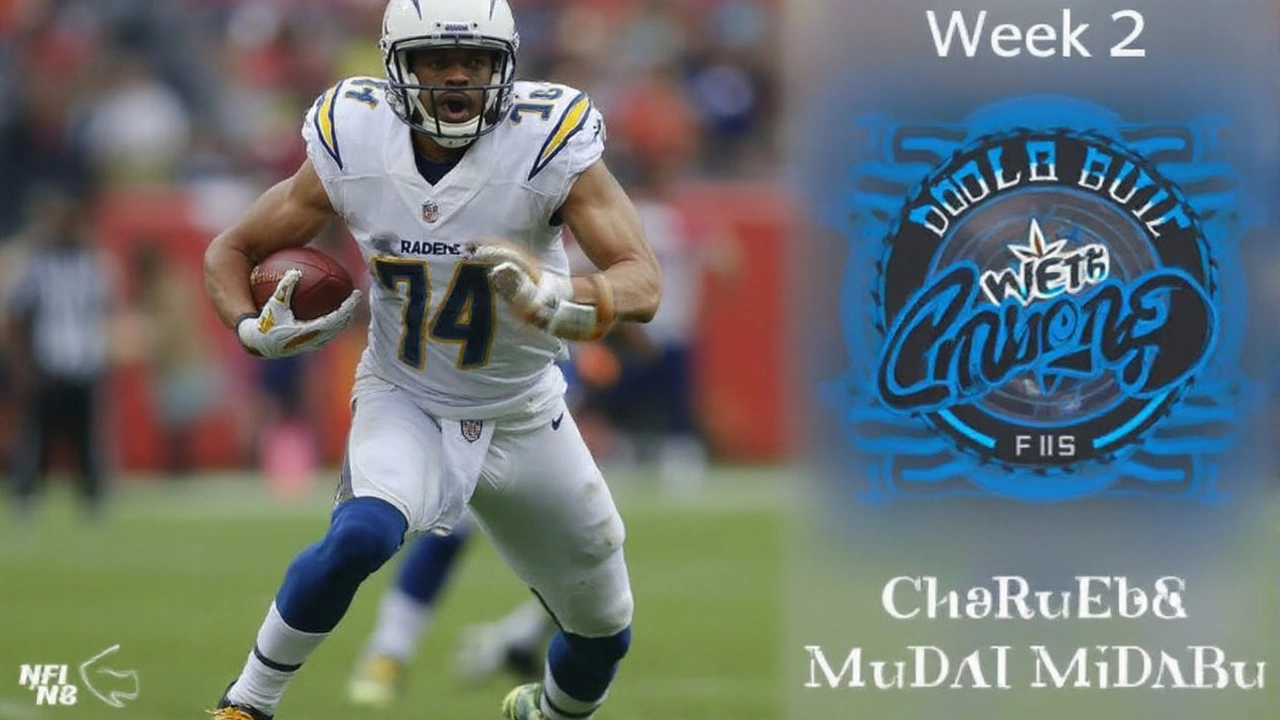
Two Monday night games, two long inactive lists, one razor-thin finish. The opening act in Houston ended with Tampa Bay escaping 20-19, a result that said as much about roster management as it did about scheme. That’s the story of NFL Week 2 under the lights: who was missing, who stepped up, and which coaches kept the train on the tracks.
Buccaneers edge Texans as key playmakers watch in street clothes
The first game at NRG Stadium wasn’t short on adversity. Tampa Bay arrived with several frontline contributors sidelined, a reality that can flip a game plan hours before kickoff. The Buccaneers listed six players as inactive, a group that hit both the perimeter and the trenches.
- Devin Culp, TE
- Chris Godwin, WR
- Tez Johnson, WR
- Josh Williams, RB
- Tristan Wirfs, T
- Rashad Wisdom, S
Two names jumped off the page. Godwin’s absence stripped Tampa of a go-to target who wins on third down and in the red zone. Wirfs’ scratch forced a shuffle up front; when your top tackle sits, protections change, chips become mandatory, and the ball usually comes out quicker. That’s the kind of ripple effect that turns five-yard hitches into your new best friend.
Houston’s list wasn’t light either. The Texans sat a half-dozen of their own, touching quarterback depth, the run game, and spacing in the passing attack.
- Graham Mertz, QB
- Dameon Pierce, RB
- Christian Kirk, WR
- Braxton Berrios, WR
- Jake Andrews, C
- Tommy Togiai, DT
No Pierce means fewer downhill carries and more weight on complementary backs to handle early downs and pass protection. With Christian Kirk and Braxton Berrios inactive, Houston lost the kind of slot and motion pieces that help a young offense find rhythm. Add a center on the shelf and the interior calls get louder for whoever steps in.
What followed matched the roster math: a one-score grind where field position, special teams, and situational football mattered more than splash plays. Tampa’s 20-19 win was the product of clean possessions late and just enough answers to the Texans’ pressure packages. Games like this often turn on three beats—third down, red-zone trips, and turnover margin. When the margin is one point, even a single stalled drive or missed assignment swings the whole night.
Credit both staffs for leaning into what remained. Without Godwin, Tampa had to spread targets and manufacture touches for secondary options. Without Wirfs, help and quick-game tools become staples: condensed splits, backs in protection, screens to slow the edges. Houston, light at receiver and running back, had to mix personnel to keep Tampa out of predictable looks and rely on tempo and spacing to create layups. The final score said neither team ever really broke serve.
For Tampa Bay, the takeaway is simple: winning shorthanded on the road is a big-bank deposit for later in the season. For Houston, the loss stings, but the performance offered a blueprint for how to survive when core pieces aren’t available. On a Monday night stage, both sides showed their floor is higher than a depth chart might suggest.

Chargers-Raiders: The late inactives dance and why it matters
The night’s second game sent the Los Angeles Chargers into Las Vegas, with the Raiders’ inactive list slated to drop roughly 90 minutes before kickoff—standard league timing that always keeps late adjustments in play. Those sheets aren’t ceremonial. They decide who dresses from the 53, which practice-squad elevations stick, and how coordinators reshape their call sheets on the fly.
Here’s the quick refresher on why the 90-minute mark is a pressure point:
- Teams must declare inactives so the game-day roster is set, preserving competitive balance and forcing plans into the open.
- Practice-squad elevations and the emergency quarterback designation can soften injuries but also lock teams into certain personnel packages.
- One late scratch at tackle, corner, or kicker can change everything—from protection plans and coverage shells to fourth-down choices.
Division games like Chargers-Raiders amplify those stakes. These teams know tendencies, they know where the other side is thin, and they hunt for it. If a starting corner sits, expect routes at that replacement early and often. If an edge rusher can’t go, count on more seven-step concepts and deeper developing shots. If a special-teams staple is out, coverage units can leak yardage that flips the field.
Coaches script with contingencies. If wideouts are down, you’ll see more 12 personnel, condensed formations, and bunch looks to free releases. If the offensive line is patched, the ball gets out faster, protections slide, and backs are glued to blitz pickups. If the defensive interior is light, simulated pressures and run blitzes try to clog the first step.
All of that funnels into game management. A thinned-out roster can nudge a coach toward fourth-and-short attempts he would normally punt, or toward two-point tries that shorten the number of possessions. Those decisions aren’t made in a vacuum; they’re tied directly to who’s available and who isn’t.
The Monday split-window setup magnifies these dynamics for viewers, too. With one game finishing as the other kicks into gear, late-breaking injury news becomes part of the broadcast cadence. Bettors adjust, fantasy managers scramble, and the coaching chess match is right there for everyone to see.
By night’s end, the storylines will center on the same core questions: Which backups held up in isolation? Which coordinators hid soft spots the best? And which special-teams units won hidden yardage when the field positions tightened? Monday delivered those answers once already in Houston, and the rivalry in Las Vegas tends to offer its own brand of stress test.
Week 2 rarely crowns anyone. But it does reveal who can adapt fast when the inactive lists are long and the lights are brightest.